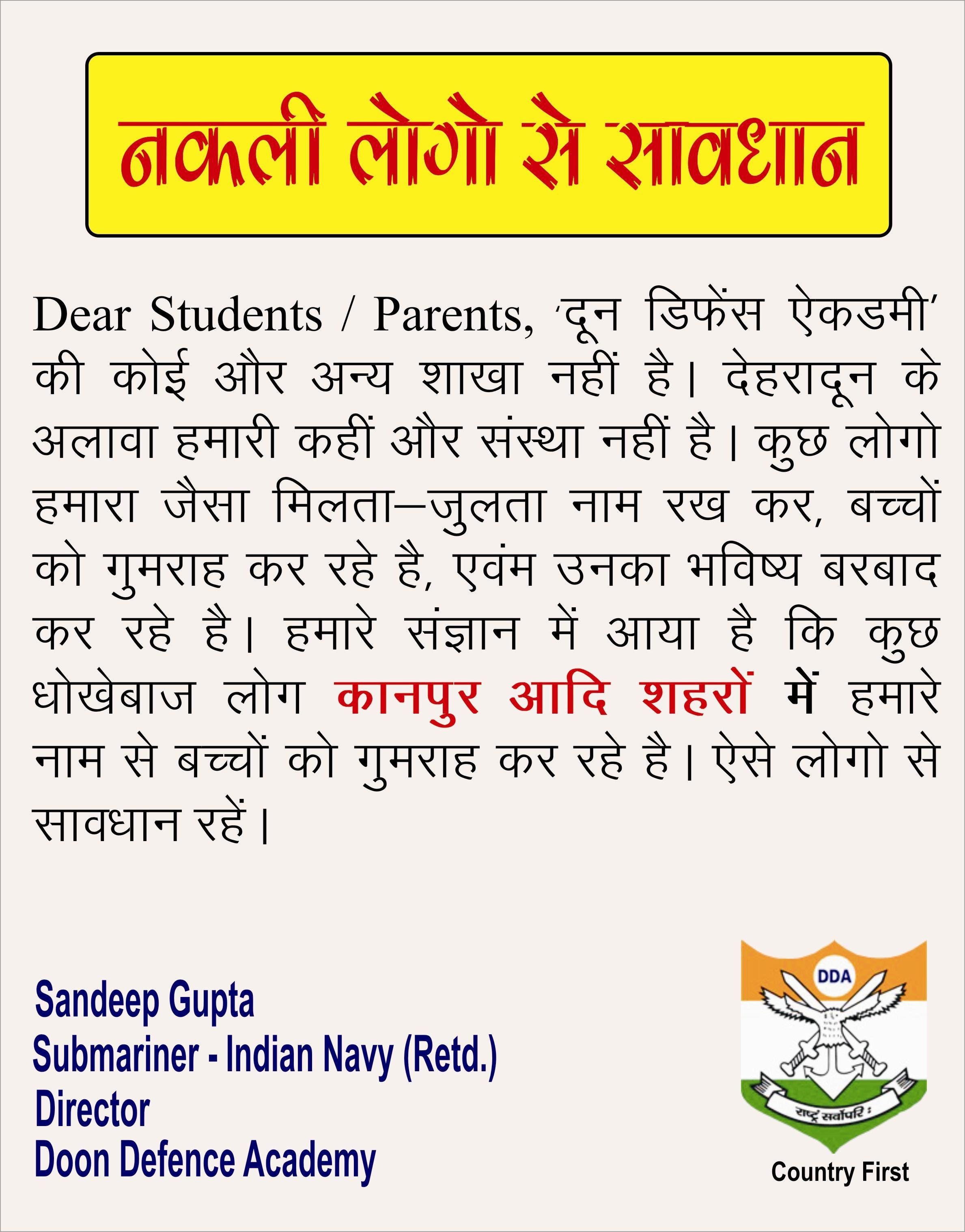Abandon Ship : Entirely to vacate a ship in any emergency.
Aboard : On board, In, Into or inside a Vessel.
Aft : In, rear, or toward the stern of the vessel.
Alongside : Close beside a ship, wharf or jetty.
Anchor : Implement by which a ship becomes attached to the ground at sea bed, and so rendered stationary, parts are – shank, flukes, bill, stock, ring.
Anchorage : An area in which the holding ground is good and suitable for ships to anchor.
Ashore : On shore, on the land.
Astern : A backward direction in the line of a vessel’s fore and aft line behind. If a vessel moves backwards it is said to move astern.
Aye, Aye, Sir : Customary acknowledgement of an order means that the order is understood and will be carried out.
Barge : Flat-bottomed boat designed to carry cargo on inland waterways, usually without engines or crew accommodations. Barges can be lashed together and either pushed or pulled by tugs, carrying cargo of 60,000 tons or more small barges for carrying cargo between ship and store are known as lighters.
Bilge : Spaces, between margin plates and ship’s side, into which water drains, and from which it can be pumped.
Bosun : The highest uncertificated rating in the deck department who has immediate charge of all deck hands and who in turn canes under the direct orders of the master or chief mate.
Bridge : Used loosely to refer to the navigating section of the vessel where the wheel house and chart room are located, erected structure amidships or aft or very rarely fore over the main deck of a ship to accommodate the wheelhouse.
Bulk Career : Ship specifically designed to transport vast amounts of cargoes such as sugar, grain, wine, ore, chemicals, liquefied natural gas, coal and oil.
Bulk head : A name given to any vertical partition which separates different compartments or spaces from one another.
Buoyancy : Difference between weight of an immersed, or partly immersed, object and the upward pressure of the liquid in which it is. If the weight be lighter the buoyancy will be ‘positive’, if it be heavier the buoyancy will be negative’. Also defined as the vertical component of the water pressures acting on an immersed or partly immersed body.
Cable : Nautical unit of distance, having a standard value of 1/10th of a nautical mile (608ft). For practical purpose a value of 200 yards is commonly used. Rope of more than 10 inches circumference and make of three right-handed ropes laid up left handed. These were used for attachment to anchor before chain cable was manufactured, and were up to 36 inches, or more, in circumference. Wrought iron chain used for attachment of ship to her anchor. Made in lengths of 15 fathoms. These lengths are called shackles.
Certificate of Competency : Certificate issued by the concerned government to a seaman or officer who has passed an examination in a specified grade, and has been found fit to perform the duties of the grade. Such certificates are also issued on the strength of another recognized equivalent certificate.
Chart : Representation of part of ocean or sea for use in navigation. Gives depth of water, nature of bottom, configuration and characteristics of coast, with positions and brief particulars of navigational aids. Diagram showing certain facts in graphical or tabular form.
Chief Engineer : The senior most engineer officer department next in rank to the master, second in command of a ship.
Chief Mate (Chief Officer) : The officer in the deck department next in rank to the master, second in command of a ship.
Compass : Instrument for ascertaining direction, relative to the meridian, by means of magnetic needles, direction gyroscope, or alignment on a known bearing, the last being known as a ‘dumb’ compass.
Continuous Discharge Certificate (CDC) : An essential document for officers and seamen as it serves as an official certificate confirming sea experience in the employment for which he was engaged.
Control Room : Space, insulated from head and sound, from which machinery is controlled when the controls are not in the engine room.
Crew : Personnel, other than Master and apprentices, who serve on board, a vessel. In some cases a differentiation between officers and ratings is made, but officers are ‘crew’ in a legal sense.
Current : Horizontal movement of a stream of water through ocean or sea. Primarily due to wind action, but also to differences in specific gravities of water. Direction is more or less constant, but deviations occur. Seasonal variations are usual. Due to Earth’s rotation, currents trend away from path of generating wind, to right in N.hemisphere, to left in S
Deck : Horizontal flooring, or plating, above bottom of vessel. May be continuous or partial.
Dock : Artificial excavation or construction in which ships can be placed for loading, unloading, fitting out, or repairing. Principal types are wet, dry and floating docks.
Dry Dock : An enclosed basin into which a ship is taken for underwater cleaning and repairing. It is fitted with watertight entrance gates which when closed permit the dock to be pumped dry.
Galley : Compartment in which cooking and other food preparation is done in ships. Single-banked pulling and sailing boat.
Gangway : A narrow portable platform used as a passage, by persons entering or leaving a vessel moored alongside a pier or quay.
General Purpose Rating : (GP) A rating who signs-on to work on deck or in the engine room as required.
Greenwich Mean Time : Time based on hour angle of point of definition of mean time as measured at Greenwich in UK.
Hatch : An opening, generally rectangular, in a ship’s deck affording access into the compartment bellow.
Heel : To list as a result of wind pressure, or of a shift of weight. Junction of stem post and keel. The lower end of a mast that is fitted in a step.
Hull : Shell or main body of a ship.
IMO : International Maritime Organization: Formerly known as the Inter Governmental Maritime Consultative Organization (IMCO), was established in 1958 through the United Nations to coordinate international maritime safety and related practices.
Jetty : Warf, or other similar construction, that projects into the sea or harbour.
Keel : The lowest longitudinal timber of a vessel, on which framework of the whole is built up; combination or iron plates serving purpose in iron vessel.
Knot : Nautical unit of velocity representing a speed of 1 nautical mile per hour; the name is derived from the knots in the common log line.
Life Raft : Floating craft, often an inflatable rubber structure made for life-saving purpose.
Lifejacket : A buoyant jacket made to SOLAS specifications.
Life-Saving Appliance : All boats, rafts, buoys, jackets, line throwing apparatus, and other appliances and stores carried for life-saving purposes.
Log Book : Book in which events connected with the ship are entered. Several may be kept, the principal being Official Log, Deck Log, Mate’s Log, Engine-room Log, Wireless Log.
Longitude : Intercepted arc of Equator, or angle at Pole, between the prime meridian and the meridian passing through a named position.
Master (Captain) : Highest officer aboard ship.Oversees all ship operations. Keeps ships records. Handles accounting and bookkeeping. Takes command of vessel in inclement weather and in crowded or narrow waters. Handles communications. Receives and implements instructions from home office.
Master Mariner : Officer of the Merchant Navy holding a certificate of the vessel.
Mess : Group of persons who feed at the same table. An area on a ship allocated to dining and recreation.
Nautical Mile : Length of arc of 1’ of meridian in latitude of position of Measurement.Value varies between 6046-4ft. in Equator and 6107-8 ft. at Poles. A standard of 6068 ft. (1853-18 m), correct for Lat. 480, is used in log registrations and practical navigation.The International Nautical Mile = 1852 meters, correct for Lat. 44 1/20. Sea Mile.
Nautical Tables : Book containing tabulated data arithmetical, geometrical, astronomical and geographical for use in navigation.
Nautical : Pertaining to ships, seamen or navigation.
Navigate : To direct and control a ship. To go from one place to another by ship.
Navigation Lights : Those lights compulsorily shown by vessels at sea, in accordance with international rules.
Navigation : Art and science of conducting a ship from one place to another. Sometimes used in a limited sense to restrict it to conducting by celestial observations and methods. Canal made for passage of ships, barges and boats.
Navigator : Person skilled in the art and practice of navigation, A person in charge of navigation of a ship. Specialized officer appointed to a ship for navigation duties. Name was given, formerly, to a man employed in digging canals.
Oil Tanker : A ship designed for the carriage of oil in bulk, her cargo space consisting of several or many tanks. Tankers load their cargo by gravity from the shore or by shore pumps and discharge using their own pumps.
Pilot : Qualified person authorized to pilot incoming and outgoing vessels in a pilotage area. One who controls a vessel? Volumes of the Admiralty Sailing Directions, e.g. “The Mediterranean Pilot”.
Port : Harbour or haven in which shipping can lie in safety. In ship structure, an opening in ship’s side to allow light or air to enter; for cargo or baggage, to be taken in or discharged; for a gun to protrude; for water on deck to flow overboard, and other similar purpose. In engineering, is an opening in a valve, cock, or cylinder to allow passage of steam, liquid or gasses. As a direction, is equivalent to left hand when facing forward.
Propeller : Instrument by which a vessel is propelled. Attached to after end of a shaft that is connected to engine. Usually has three or four blades, each being part of a screw thread, and is keyed and secured to after end of tail shaft.
Pump man : A rating who operates pumps and discharges petroleum products. Maintains and repairs all cargo handling equipment on tankers.
Purser : A ship’s officer who is in charge of accounts, especially on a passenger ship.
Quarter Deck : Upper deck from mainmast to right aft. In vessels with a poop it ends at break of poop. In Royal Navy it extends from right aft on upper deck to some line forward of after gangway.
Quartermaster : In the Navy is a petty officer, or other responsible rating, who works under officer of the watch and is responsible that the Helmsman carries out his duties correctly. He takes the wheel on important occasions. In harbour, he keeps his watch at the gangway. In Merchant Navy a leading rating who steers the ship and keeps gangway watch.
Rudder : That implement or fitting by which the direction of a vessel is controlled by steering. Almost invariably fitted at stern, and free to move through about 350 on either side. Hinged to stem post or rudder post, but occasionally balanced.
Saloon : Mess room for officers in a merchant ship. Main cabin in a passenger ship.
Seafarer : One who earns his living by service at sea.
Seafaring : Serving at sea for a livelihood.
Seaman : Generally, one who follows the sea as a profession. This meaning is often limited. Merchant Shipping Acts define him as any person serving in a ship, other than the Master.
Seamanship : The professional skill of a seaman. The art of working managing, and handling a vessel, in a seaway, in a seaman like manner.
Seasickness : Disorder of the nervous system brought about by ship’s movement in a seaway.
Starboard : Direction equivalent to ‘right hand’ when facing forward. The starboard side of a ship during darkness in indicated by a green light.
Steering Wheel : Wheel, with spokes projecting beyond its outer circumference, by which the rudder is controlled directly or indirectly. Commonly called ‘the wheel’. Now days it may come in various shapes and sizes.
Stern : After end of a vessel. Originally, the word meant ‘steering part’ and was applied to tiller and rudder.
Tanker : A tanker is a bulk carrier designed to transport liquid cargo, most often petroleum products. Oil tankers vary in size from small coastal vessels of 1,500 tons deadweight, through medium-sized ship of 60,000 tones, to the giant ULCCs (Ultra large crude carries) of 500,000 tones.
Tide : Periodic rise and fall of sea surface, at any given point, due to tractive and gravitational effects of Sun and Moon, together with Centrifugal effect of Earth’s gyrational movement.
Time Zones : Sectors of Earth’s surface bounded by meridians 150 apart, zero zones being 7.50 on either side of the prime meridian. Times kept in these zones vary from Greenwich in complete hours. Each zone is identified by a figure denoting the number of hours that its time differs form G.M.T., and a sing, + or -, indicating how the difference is to be applied to Zone Time to get G.M.T.
Tonnage : Expression of a ship measurement that is not necessarily based on weight. In some cases it is derived from cubic capacity this usage being ascribed to the number of ‘tuns’ that would stow in the space. The principal ship tonnages are Gross, Net, Displacement, and Deadweight tonnages.
ULCC : Ultra Large Crude Carries. Tankers between 320,000-550,000 dwt.
Upper Deck : In ships with more than one continuous deck, is the highest continuous deck. Main Deck.
Vessel : Any ship or boat, or other description of vessel, used on water.
VLCC : Very Large Crude Carries Tankers between 200,000 and 315,000 dwt.
Watch : The day at sea is divided into six four hour periods. Three groups of watch standers are on duty for four hours and then off for eight, then back to duty. Seamen often work overtime during their off time.
Watertight Doors : Steel door so fitted and strengthened that it will prevent water passing when door is sealed.




